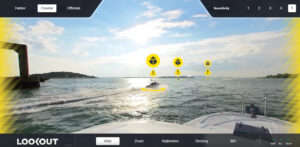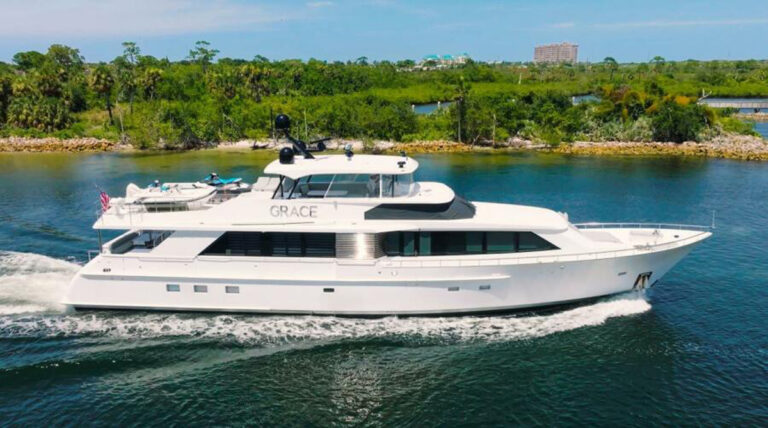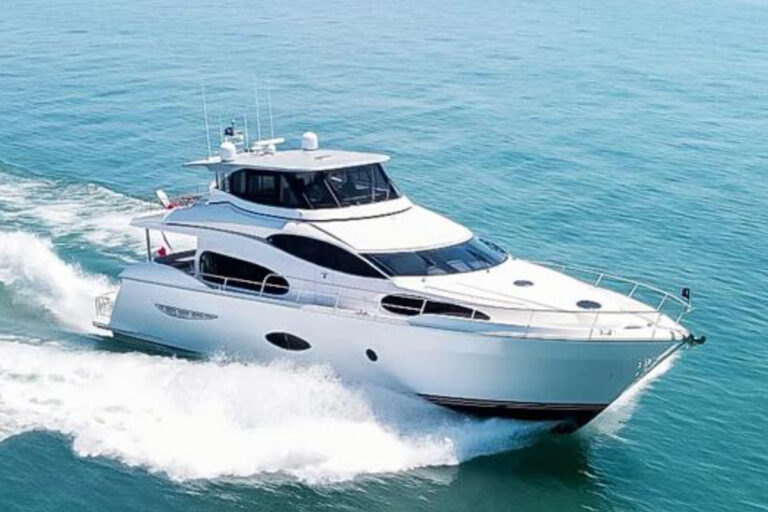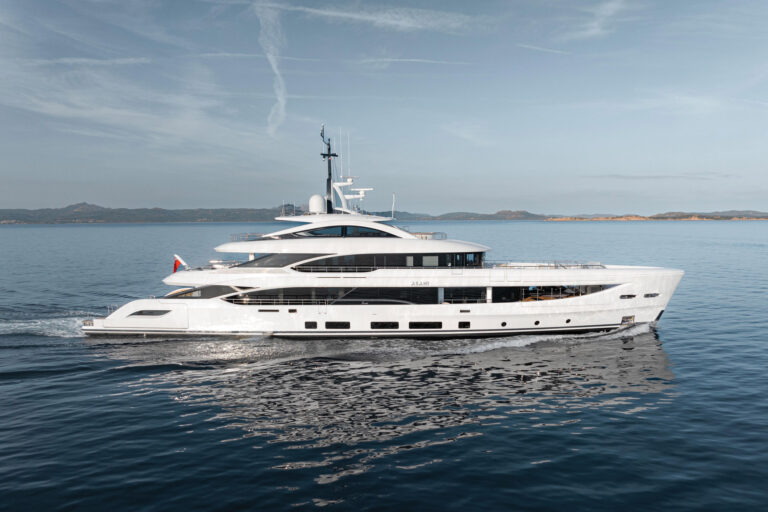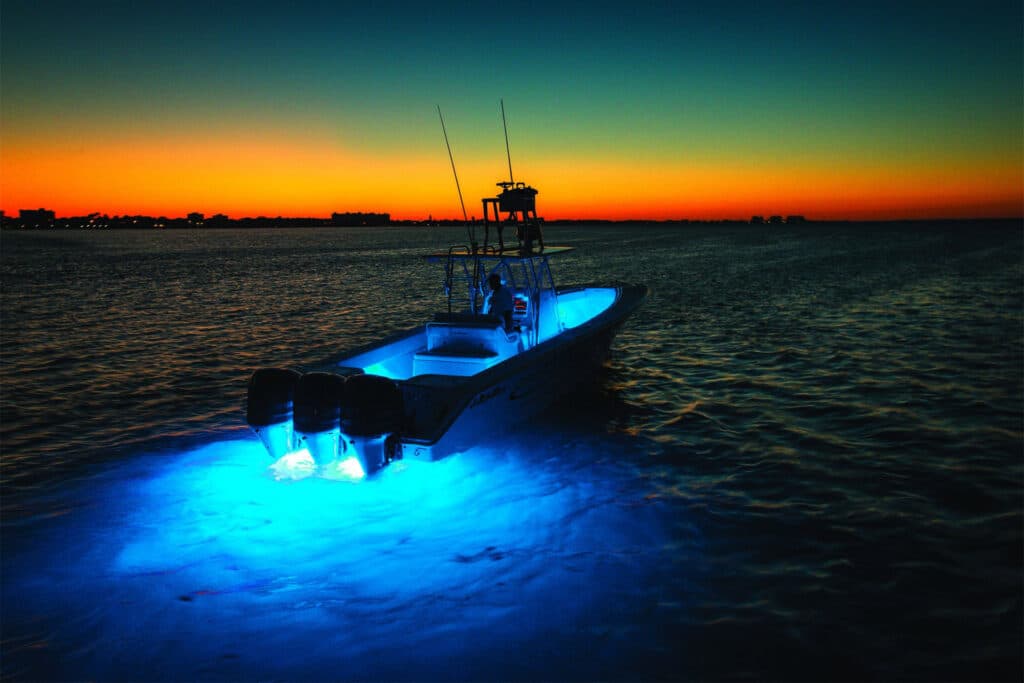
Underwater boat lights have become quite popular for one simple reason: they look really cool. Plus, anglers love them for their fish-attracting abilities. But, what if you’re adding underwater lights to a boat that wasn’t built with them? In that case, you’ll have an interesting wiring job ahead of you.
Underwater Boat Light Wiring
There are many different types of underwater boat lights, so referring to the manufacturer’s installation manual is a must. That said, the basics of wiring underwater lights begins with running positive and negative leads to the light. The black lead can go directly to negative, but that red power line takes a bit more work. It should have an inline fuse, then go to a breaker if appropriate, then go to a switch with power.
If opting for multicolor lights with a controller unit and/or receiver and remote, the wiring is more complex. You’ll want to run the positive lead to the power and controller, as well as a control cable. Depending on the current rating requirements of the hardware, you may also have to install a relay in the power line to reduce issues related to voltage variations. When installing many multiple lights into a single system, you may instead need to wire each light individually to a junction box or possibly multiple junctions, which will need to be connected to each other via a control cable, and then get wired to power.
The bottom line? The more complex the lights are and the more multiple lights that are in it, the more wiring is required. A junction box for digital multiplex (DMX) systems, for example, may require five connections through a cable running from each light to the box, plus power, plus control cable(s) linking the boxes. Once complete, however, a system like this provides spectacular abilities like selecting RGBW colors and brightness, different modes for cycling through colors with fading and mixing, and controlling multiple zones.
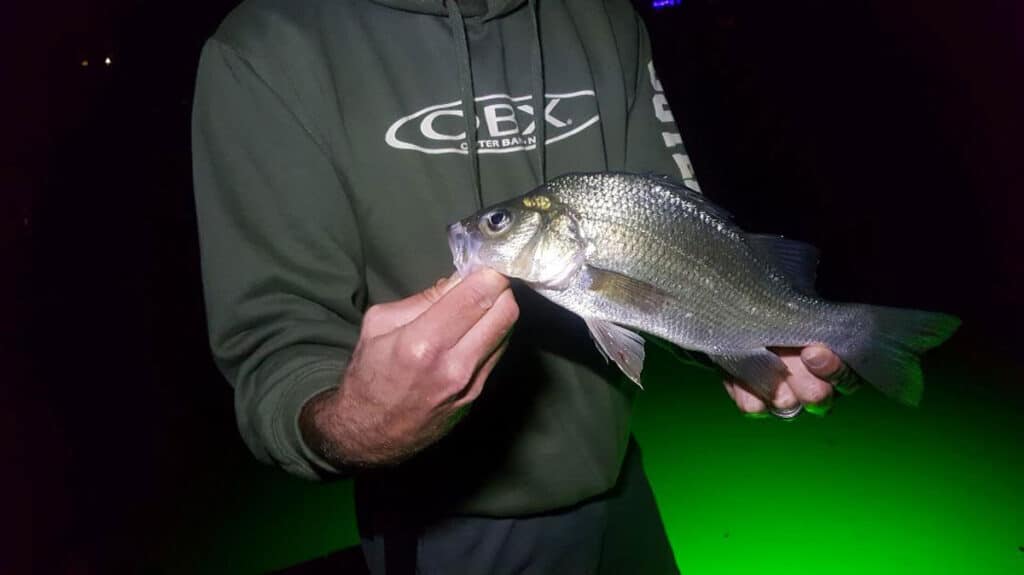
Underwater Boat Light Wiring Tips
In all cases, no matter the lighting system set up, there are a few commonalities to keep in mind. Most have to do with the fact that underwater boat lights are often wired into areas that range from moist to wet. Accordingly, when joining wires waterproof butt splices with marine-grade adhesive-lined heat-shrink protection should be used. If you need to add wiring not included with the light(s) only tinned-copper marine-grade wires should be used. And inline fuse holders should be IP-rated for waterproof connections.
Additionally, these systems are sensitive to voltage variations. As a result, it’s critical to check the manufacturer’s recommendations regarding power-cable sizing. Also, be sure to secure the wires in a way that the connections and areas where the cables enter and exit the light(s) and/or controllers or junction boxes aren’t stressed nor left unsupported. If left unsupported, they may suffer from repetitive movement or chafing when the boat’s underway.

No Drill Underwater Boat Light Options
Obviously wiring underwater boat lights is only part of the installation process, and if it feels like the whole endeavor might be a bit much, there are options: Installing surface-mount lights is simpler than cutting large holes and installing through-hulls, though they aren’t truly “no drill” since they are mounted with screws. These are most commonly added to the transom of a boat, or to elevated portions of the hull bottom where they won’t cause drag and turbulence when on plane.
For a true no-drill underwater boat light, the options are limited, but there are a couple. The first is to get a drain-plug light. These screw into standard garboard drains and have a single cable coming out the back with power leads, and in the case of RGB models, a controller cable. Just remember that with RGB, you’ll have to install a controller inside the boat. There are also options on the market with a light mounted to the garboard drain itself in a single unit; to mount them you simply remove the existing garboard drain, and replace it with the new lighted one.
A second option to explore is adding trim tab lights. You’ll still need to run a power lead into the boat, but depending on how the boat’s transom is set up, you may be able to do so without drilling.You will need to drill holes for the mounting screws in the tabs, but you won’t have to pierce the boat’s hull.
As you can see, there are an array of underwater boat lights options, some more involved than others? Maybe so. But whichever route you choose, there’s no questioning one fact: underwater boat lights do look incredibly cool.




